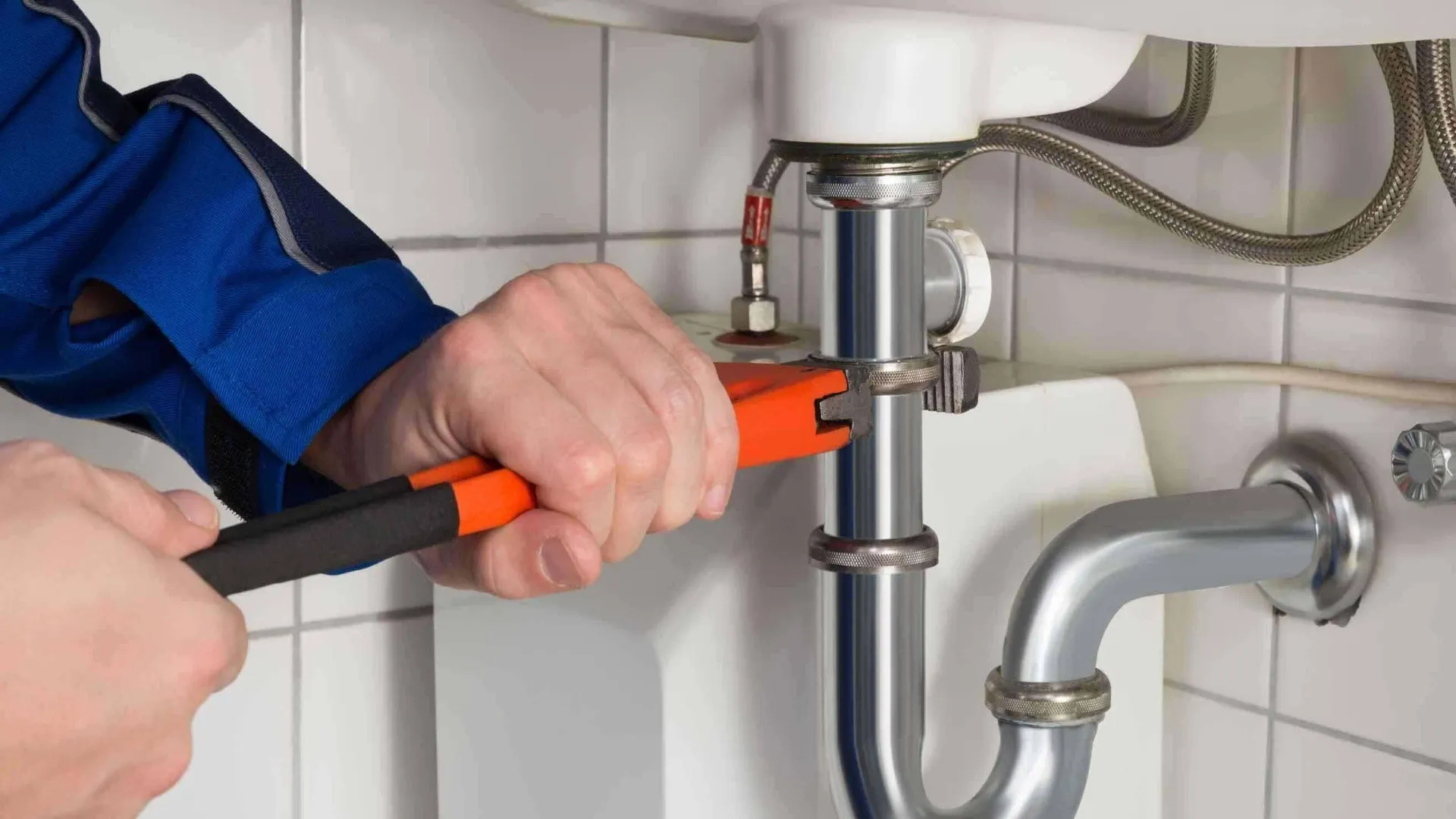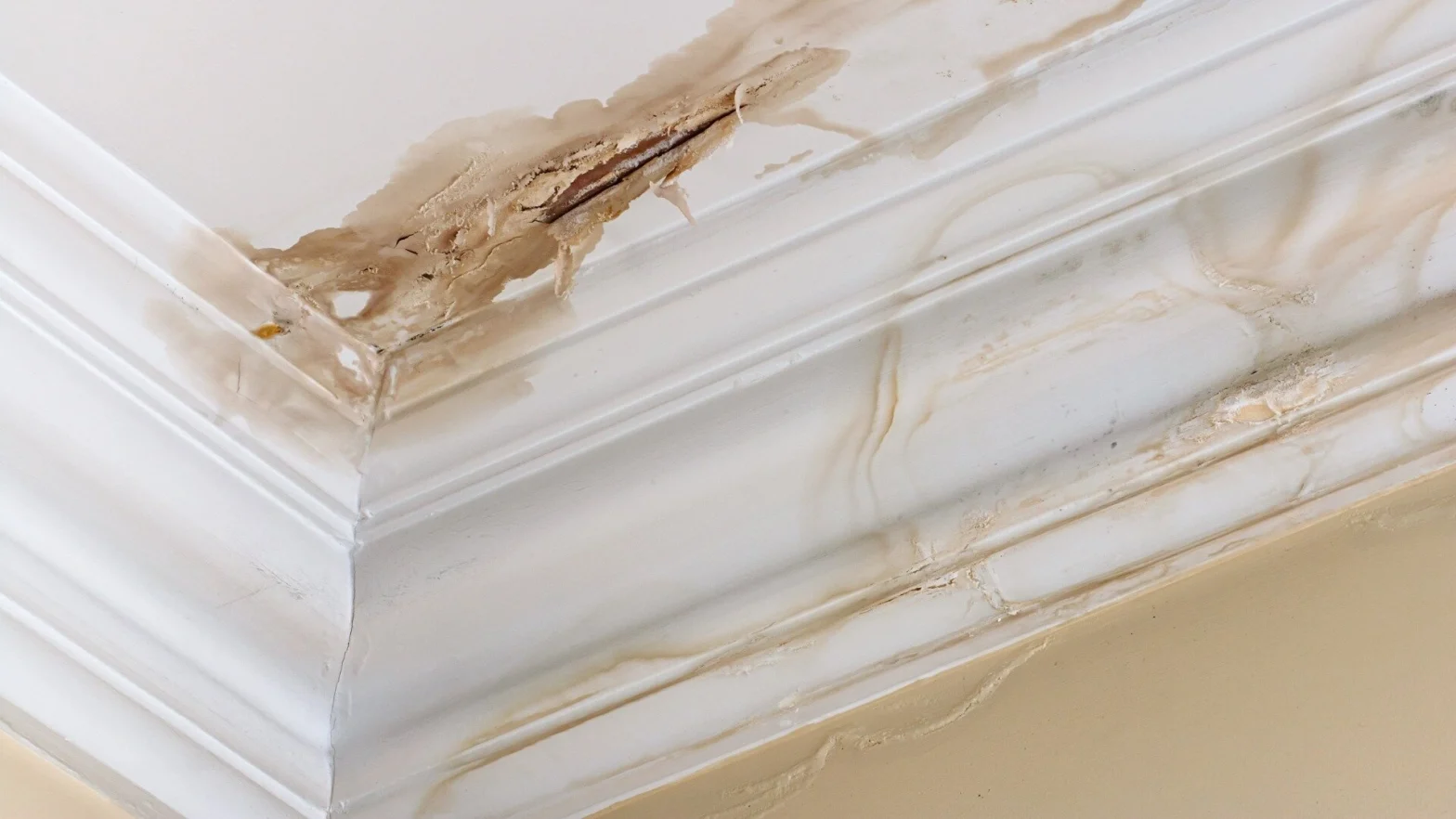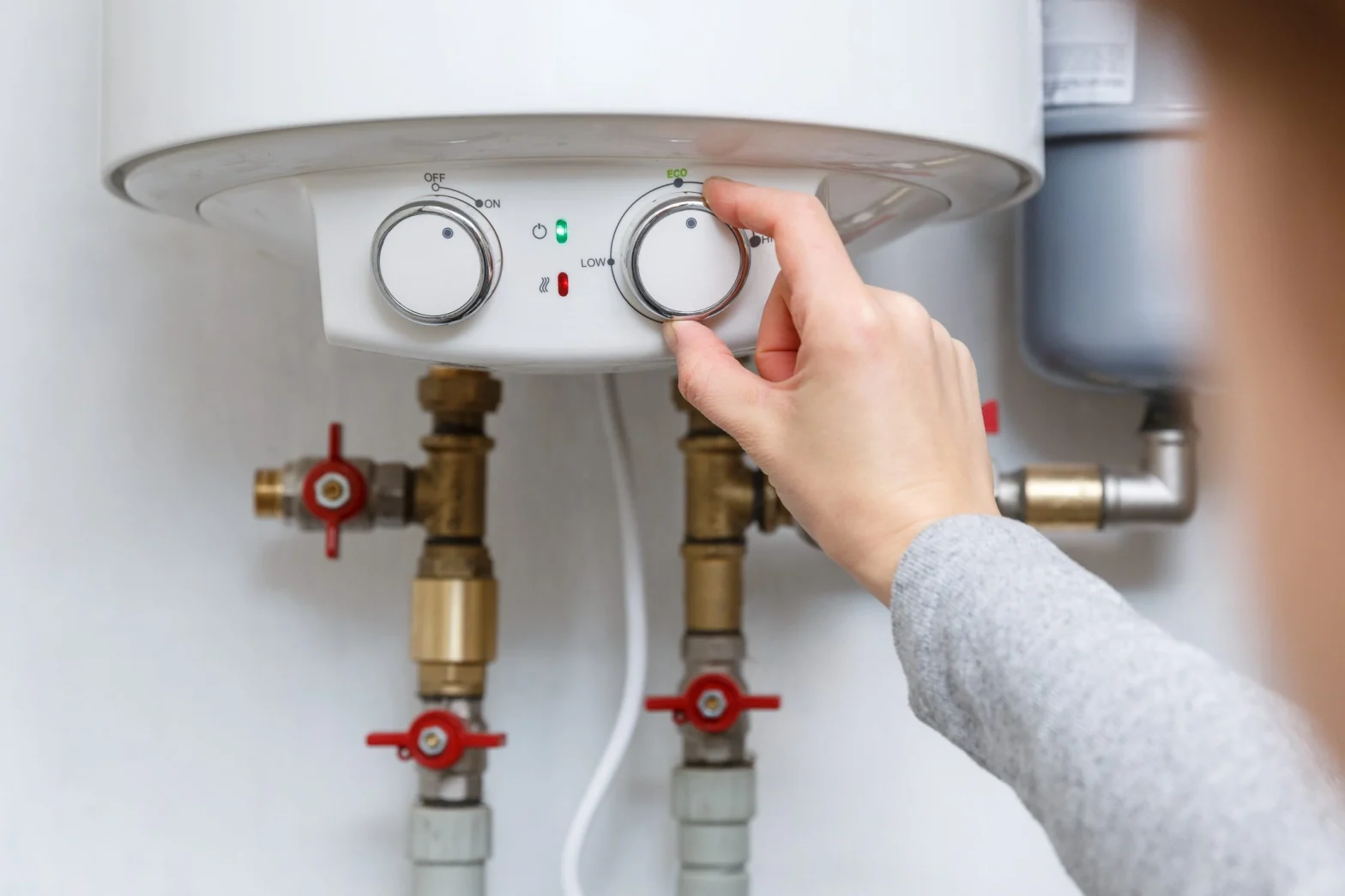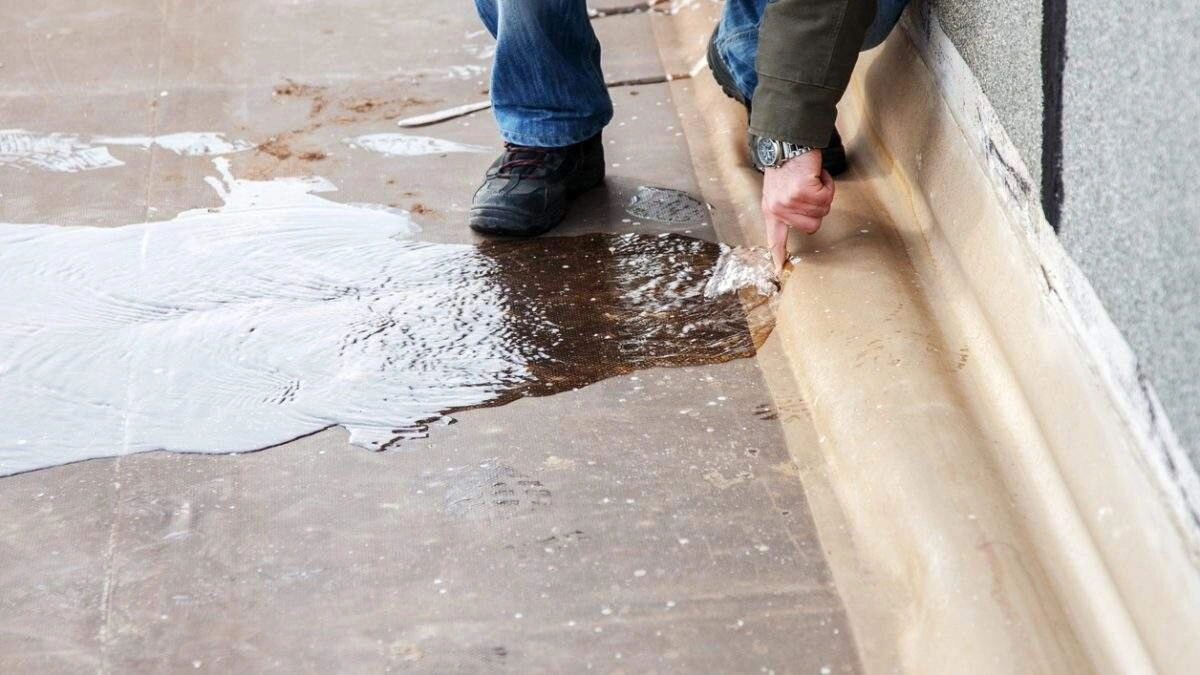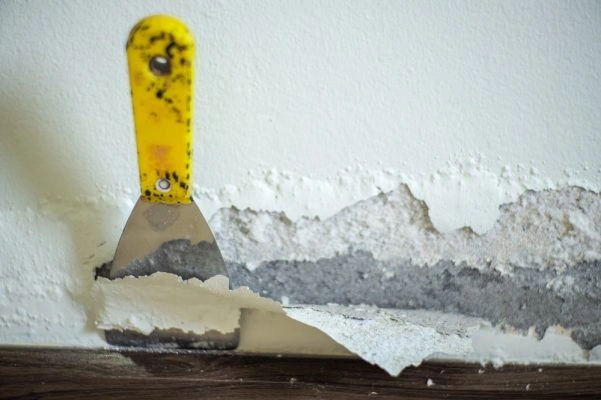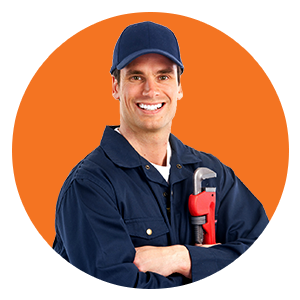Protect Your Home: A Comprehensive Guide to Plumbing Maintenance and Leak Prevention
Plumbing leaks are often silent destroyers in a home, lurking behind walls, under floors, and above ceilings. While a small drip might seem harmless, it can evolve into a costly disaster over time, leading to structural damage, mold growth, and even health hazards. According to the Environmental Protection Agency (EPA), household leaks waste nearly 1 trillion gallons of water annually in the United States alone. These leaks can not only drain your wallet but also compromise the safety and integrity of your home.
Often, homeowners only notice leaks when visibly damaged surfaces—like sagging ceilings, water-stained walls, or warped flooring. By then, the repair costs would have escalated far beyond what simple maintenance would have cost. Hidden leaks are particularly deceptive because they often occur in places where they go unnoticed until significant damage has been done.
Why Regular Plumbing Maintenance Matters
Regular plumbing maintenance is the key to preventing these hidden dangers. It’s not just about fixing a leaking faucet or unclogging a drain; it’s about proactive care that optimizes the entire system. Think of it like maintaining a car—you wouldn’t wait for the engine to fail before getting an oil change, right? The same logic applies to your home’s plumbing system.
Routine inspections, timely repairs, and simple preventative measures can safeguard your home from extensive water damage, reduce your utility bills, and extend the lifespan of your plumbing infrastructure. Whether you’re a homeowner, property manager, or renter, understanding the role of plumbing maintenance in preventing leaks is crucial for maintaining a safe and efficient living environment.
Understanding Common Causes of Plumbing Leaks
Aging Pipes and Materials
Over time, even the most robust plumbing materials begin to deteriorate. Pipes made from galvanized steel cast iron, or polybutylene—commonly used in older homes—are especially prone to corrosion, rust, and eventual failure. As pipes age, they become brittle, leading to cracks, pinhole leaks, and eventual ruptures.
Though more durable, PVC and copper pipes are not immune to wear and tear. Constant exposure to fluctuating water pressure, temperature changes, and mineral build-up inside pipes can accelerate deterioration. Regular inspections can help detect early signs of aging, such as discoloration, minor leaks, or reduced water pressure, allowing for proactive replacements before major issues arise.
Poor Installation Practices
A significant number of plumbing leaks stem from improper installation. Whether it’s a DIY job gone wrong or work done by an unqualified contractor, poorly installed pipes and fixtures can lead to misalignments, weak joints, and eventual leaks. Common mistakes include:
- Incorrect pipe sizing leading to high-pressure issues.
- Loose connections that allow water to seep through.
- Improper sealing around joints and fittings.
Hiring licensed professionals ensures that the plumbing system complies with local building codes and is installed to withstand everyday wear and tear.
Environmental Factors (Weather, Soil Shifts)
Environmental conditions play a major role in the longevity of plumbing systems. Seasonal temperature fluctuations can cause pipes to expand and contract, leading to stress fractures over time. In colder climates, freezing temperatures can cause water inside pipes to freeze and expand, resulting in cracks or complete bursts.
Soil shifts, common in areas with expansive clay soils or regions prone to earthquakes, can also pressure underground pipes, leading to misalignments or cracks. Regular maintenance checks, especially after significant weather events, can help identify potential vulnerabilities early on.
High Water Pressure Issues
While intense water pressure might feel great during a shower, excessive pressure can strain your entire plumbing system. Ideally, residential water pressure should range between 40 to 60 psi. Anything consistently above this range can weaken pipe joints, cause fittings to loosen, and increase the risk of leaks.
A pressure regulator can help maintain safe levels and protect your plumbing system from long-term damage. If you notice banging noises in pipes (commonly known as “water hammer”) or sudden fluctuations in pressure, it’s a sign to have your system checked.
How Plumbing Leaks Impact Floors, Walls, and Ceilings
Water Damage and Structural Integrity
One of the most severe consequences of undetected leaks is the gradual compromise of a building’s structural integrity. Water can seep into wooden beams, drywall, and flooring, leading to rot, warping, and eventual collapse. In multi-story buildings, leaks from upper floors can cascade down, causing widespread damage across different levels.
Mold and Mildew Growth
Damp environments created by leaks are breeding grounds for mold and mildew. Beyond the unsightly stains and unpleasant odors, mold can pose serious health risks, especially for individuals with allergies, asthma, or weakened immune systems. Black mold, in particular, can spread quickly and is notoriously difficult to remove once established.
Electrical Hazards and Safety Risks
Water and electricity are a dangerous mix. Leaks that come into contact with electrical wiring behind walls or ceilings increase the risk of short circuits, electrical fires, and electrocution. If you suspect a leak near electrical components, it’s crucial to shut off power to the affected area and call a professional immediately.
Decrease in Property Value
Homes with visible water damage or a history of leaks often suffer decreased property values. Potential buyers may see leaks as a sign of poor maintenance or hidden structural issues, leading to lower offers or difficulties in closing sales. Regular plumbing maintenance protects your investment and ensures your property remains attractive to future buyers.
The Importance of Regular Plumbing Maintenance
Early Leak Detection
Routine inspections allow homeowners to catch minor issues before they escalate into major problems. Plumbers can identify hidden leaks using modern tools like thermal imaging cameras or moisture detectors without invasive wall or floor removal.
Extending the Life of Plumbing Systems
Just as regular oil changes keep your car running smoothly, consistent plumbing maintenance extends the lifespan of your home’s water systems. Replacing aging parts, cleaning out sediment buildup, and monitoring water pressure all contribute to a healthier, longer-lasting system.
Cost-Effectiveness of Preventative Care
It’s a simple equation: preventative maintenance costs far less than major repairs. Fixing a small leak might cost $150 while repairing extensive water damage to walls and floors could run into the thousands. Regular check-ups are a small price to pay for long-term peace of mind.
Energy and Water Conservation Benefits
Leaks don’t just waste water—they waste energy too. If hot water lines leak, your water heater works overtime to maintain temperature, leading to higher utility bills. By keeping an efficient plumbing system, you conserve water and energy, benefiting your wallet and the environment.
Key Plumbing Maintenance Practices
Routine Pipe Inspections
Routine pipe inspections are a vital part of proactive plumbing maintenance, helping to catch minor issues before they escalate into major problems. Professional plumbers use advanced tools like video pipe inspection cameras to explore hard-to-reach areas without tearing down walls or floors. These cameras help detect early signs of corrosion, blockages, and leaks inside the pipes. During inspections, plumbers check joints and connections for signs of wear or weakness, as these are common sources of leaks. They also look for rust, corrosion, and mineral build-up, especially in older plumbing systems. Thermal imaging and moisture meters help spot hidden leaks behind walls or under floors. Water heaters and sump pumps are inspected for inefficiencies or leaks that could impact the entire system. Homeowners can also perform simple visual checks under sinks and around appliances to catch small leaks early.
Checking for Water Pressure Irregularities
Maintaining consistent water pressure is essential for the longevity of your plumbing system. Excessive water pressure—anything above 60 psi—can strain pipes, leading to leaks, bursts, and damage to appliances. Homeowners can easily monitor pressure using a gauge attached to an outdoor spigot or washing machine outlet. If readings regularly exceed safe levels, installing a pressure-reducing valve (PRV) can help maintain balance. Warning signs of pressure problems include banging noises in pipes (known as “water hammer”), fluctuating water flow, and frequent leaks. Ignoring these signs can cause long-term damage and increase repair costs. Keeping water pressure within the recommended range protects your plumbing system, extends its lifespan, and reduces the risk of damage to water-dependent appliances like dishwashers and washing machines, ultimately saving money and preventing avoidable issues.
Cleaning and Maintaining Drains
Regular drain cleaning is crucial for maintaining a healthy plumbing system and preventing pressure build-up that can lead to leaks. Slow-draining sinks, tubs, or showers often signal underlying clogs that, if ignored, can strain pipes and cause damage. Over time, debris like hair, grease, and food particles can accumulate, restricting water flow and increasing internal pressure. To prevent this, avoid chemical drain cleaners that can corrode pipes. Instead, use natural solutions like baking soda and vinegar followed by hot water for minor blockages. Installing strainers in sinks and tubs can also help by catching debris before it enters the pipes. While DIY maintenance is helpful, professional drain cleaning at least once a year ensures deeper clogs are cleared. Keeping drains clean supports proper water flow, reduces backpressure, and minimizes the risk of leaks throughout your home.
When to Call a Professional Plumber
While some plumbing maintenance tasks can be handled by homeowners, there are situations where calling a professional is the smartest—and safest—choice. Licensed plumbers have the tools and expertise to tackle complex issues without causing further damage.
Call a professional if you notice:
- Persistent leaks that DIY fixes can’t resolve.
- Unexplained low water pressure throughout your home.
- Water stains or bulges on walls and ceilings.
- Sewage smells indicating a potential sewer line issue.
- Flooding or pooling water around appliances or basements.
Professionals can also perform more complex maintenance tasks like pipe relining, sewer scope inspections, and water heater servicing.
Protect Your Home with Regular Plumbing Maintenance
Plumbing maintenance isn’t just about fixing obvious problems—it’s about safeguarding your entire home from the hidden dangers of leaks that can compromise floors, walls, and ceilings. Small issues like minor drips or slow drains can quickly escalate into significant damage if left unchecked, leading to costly repairs, mold growth, and even structural instability.
With our expertise in plumbing maintenance and advanced leak detection at Calis Choice, we help homeowners prevent these risks before they start. Our team uses cutting-edge technology to identify hidden leaks, maintain optimal water pressure, and safeguard your entire plumbing system. We understand how seasonal changes can impact pipes and offer tailored solutions to keep your home safe year-round. Whether it’s a routine inspection or addressing complex plumbing issues, our skilled professionals ensure quality and reliability every step of the way. Don’t wait for costly damage—trust us to keep your home leak-free and secure.
Frequently Asked Questions (FAQs)
Q: How often should I schedule a plumbing inspection?
A: It’s recommended to have a professional plumbing inspection at least once a year. However, older homes or those in areas prone to extreme weather may benefit from bi-annual check-ups to catch potential issues early.
Q: What’s the most common cause of hidden leaks?
A: The most frequent causes of hidden leaks are aging pipes, loose fittings, and high water pressure. In older homes, corroded pipes are particularly vulnerable, while in newer homes, poor installation can sometimes be the culprit.
Q: Can high water pressure cause pipe leaks?
A: Yes, consistently high water pressure can strain pipe joints and fittings, leading to leaks over time. Installing a pressure-reducing valve can help maintain safe water pressure levels and prevent long-term damage.
Q: Are smart water sensors worth the investment?
A: Absolutely. Smart water sensors provide real-time alerts for leaks, potentially saving homeowners thousands in repair costs. Many models also offer automatic shut-off features, adding extra protection against major water damage.
Q: What immediate steps should I take if I find a leak?
A: If you discover a leak, first shut off the main water supply to prevent further damage. Next, dry the affected area as much as possible and call a professional plumber to assess and repair the issue. Avoid DIY fixes for major leaks, as improper repairs can lead to bigger problems.


